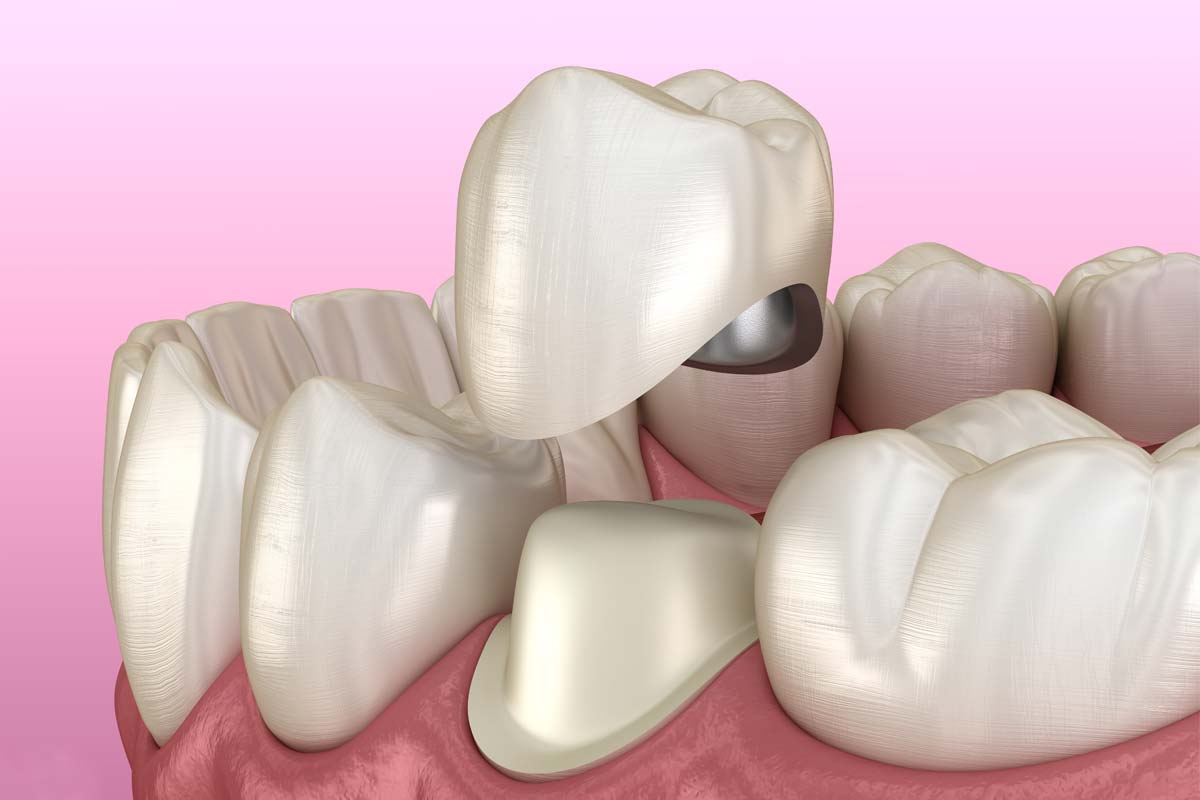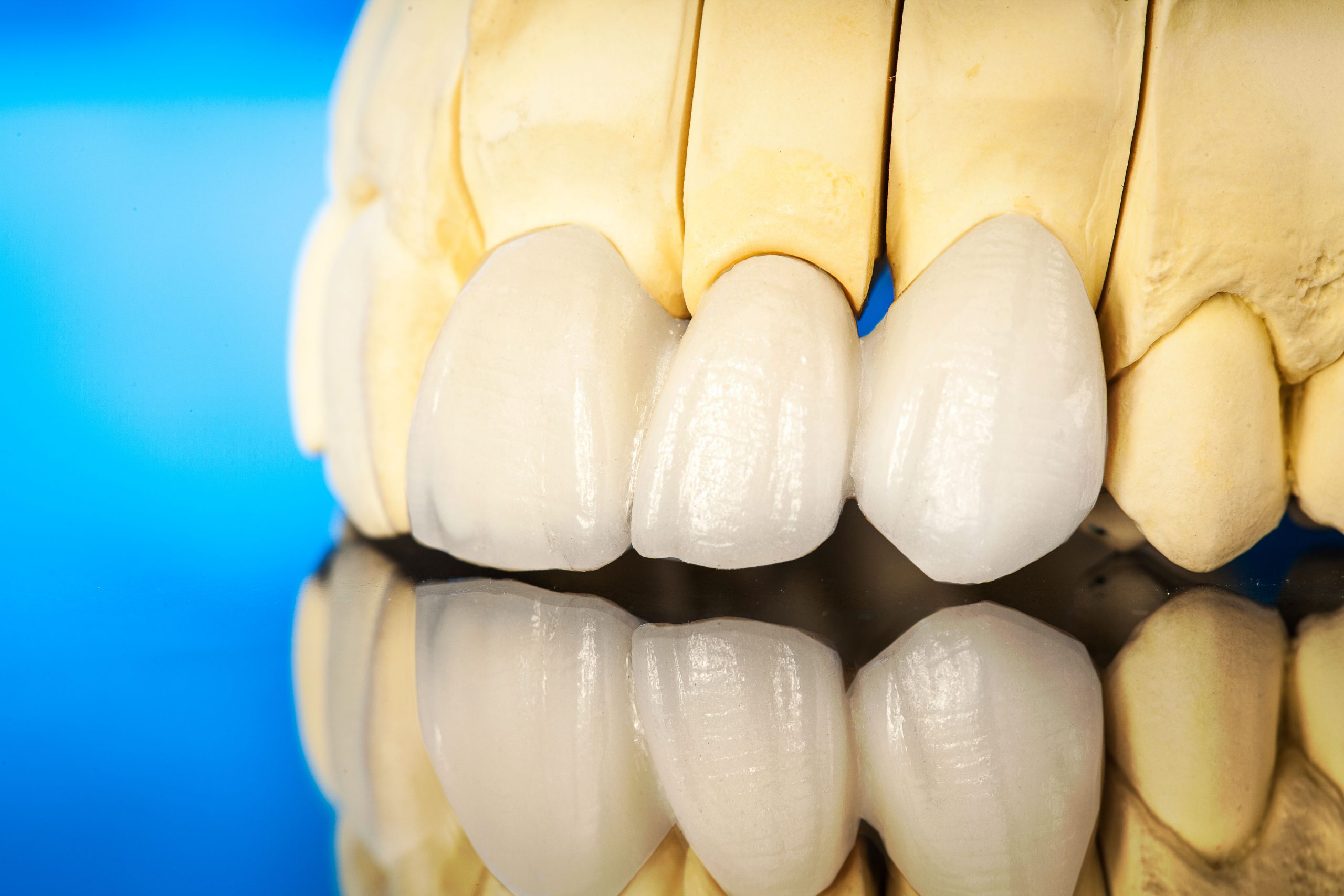Everyone wants to have a healthy and beautiful smile, but achieving it can sometimes require more than just brushing and flossing. Dental crowns are often recommended by dentists as a way to protect teeth from decay and gum disease. But do they really live up to their hype? In this blog post, we’ll uncover the truth about dental crowns – how they work, what benefits they offer, and whether or not you should consider getting one for yourself. Get ready to learn everything you need to know about this popular dental procedure!
Table of Contents
Introduction
It’s no secret that dental crowns are one of the most popular dental procedures. But what are they really? Do they protect your teeth from decay and gum disease? Let’s take a closer look.
Dental crowns are basically caps that cover your teeth. They’re usually made of porcelain or ceramic, and they’re designed to match the color of your natural teeth. Crowns can be used to restore a tooth that’s been damaged by decay or injury, or to improve the appearance of a misshapen or discolored tooth.
But do crowns actually prevent tooth decay and gum disease? The short answer is yes, but only if they’re properly cared for. Just like your natural teeth, crowned teeth need to be brushed twice a day and flossed daily. If you don’t take good care of your crowns, you could end up with cavities or gum disease.
So, there you have it! Dental crowns can help protect your teeth from decay and gum disease, but only if you take good care of them. Be sure to brush and floss regularly, and see your dentist for regular checkups.
 What Is A Dental Crown?
What Is A Dental Crown?
A dental crown is a prosthetic device that is placed over a tooth. The crown restores the tooth to its normal shape, size, and function. It also strengthens the tooth and improves its appearance.
There are two types of crowns: direct and indirect. Direct crowns are made in the mouth from impressions of the teeth. Indirect crowns are made outside of the mouth from models of the teeth.
Crowns are usually made from porcelain, ceramic, or metal. Porcelain and ceramic crowns are more natural looking than metal crowns. Metal crowns are stronger than porcelain and ceramic crowns and are often used on back teeth.
Crowns can be used to:
Restore a tooth that has been damaged by decay, fracture, or wear
Protect a weak tooth from breaking or wearing down
Cover a misshapen or discolored tooth
Attach a bridge
The lifespan of a dental Crown depends on the materials used and how well it is cared for. Porcelain and ceramic crowns can last up to 15 years with proper care. Metal crowns can last up to 25 years with proper care.
Benefits of a Dental Crown
Crowns are often used to restore teeth that have been damaged by decay or injury. They can also be used to improve the appearance of teeth that are misshapen or discolored. In addition, crowns can be used to support a dental bridge or to cover a dental implant.
Crowns can protect teeth from further decay or damage and can help to prevent gum disease. They can also make it easier to keep your mouth clean, since they cover the entire tooth and seal off any spaces where bacteria could enter.
If you are considering getting a crown, be sure to discuss all of the benefits with your dentist so that you can make an informed decision about whether this treatment is right for you.
Does A Dental Crown Prevent Decay and Gum Disease?
A dental crown is a tooth-shaped “cap” that is placed over a tooth to cover the tooth and restore its shape and size. A crown can also be used to improve the appearance of a tooth, or to protect a weak tooth from breaking.
While a dental crown does not prevent decay or gum disease, it can help to protect the underlying tooth from further damage. Decay can still occur under a dental crown, so it is important to practice good oral hygiene habits and visit your dentist regularly for checkups and cleanings.
Risks of a Dental Crown
There are several risks associated with dental crowns. One of the most common problems is that the crown can become loose over time, which can lead to decay or gum disease. In addition, if the crown is not properly cared for, it can also discolor the tooth beneath it. Another risk is that the crown can chip or break, which would require a replacement.
Alternatives To a Dental Crown
There are a few alternatives to dental crowns that can be used to protect teeth from decay and gum disease. One option is to use a dental filling. This is a common procedure that is used to fill cavities and can also be used to help support a tooth that has been damaged by decay or gum disease. Another option is to use a dental bonding procedure. This involves using a resin material to bond the tooth back together. This option is not as strong as a dental crown, but it can be an effective way to protect the tooth from further damage.
Conclusion
As we have seen in this article, crowns are an effective way of protecting teeth from decay and gum disease but they should not be considered the only solution. It is important to remember that prevention is always better than cure when it comes to dental health, so taking care of your oral hygiene and visiting a dentist regularly for check-ups can help you keep your mouth healthy. With proper maintenance and regular visits to the dentist, crowns can provide long lasting protection from cavities and other forms of tooth damage.

You May Also Like:The Ultimate Guide to Whitening Dentures: What You Need to Know

